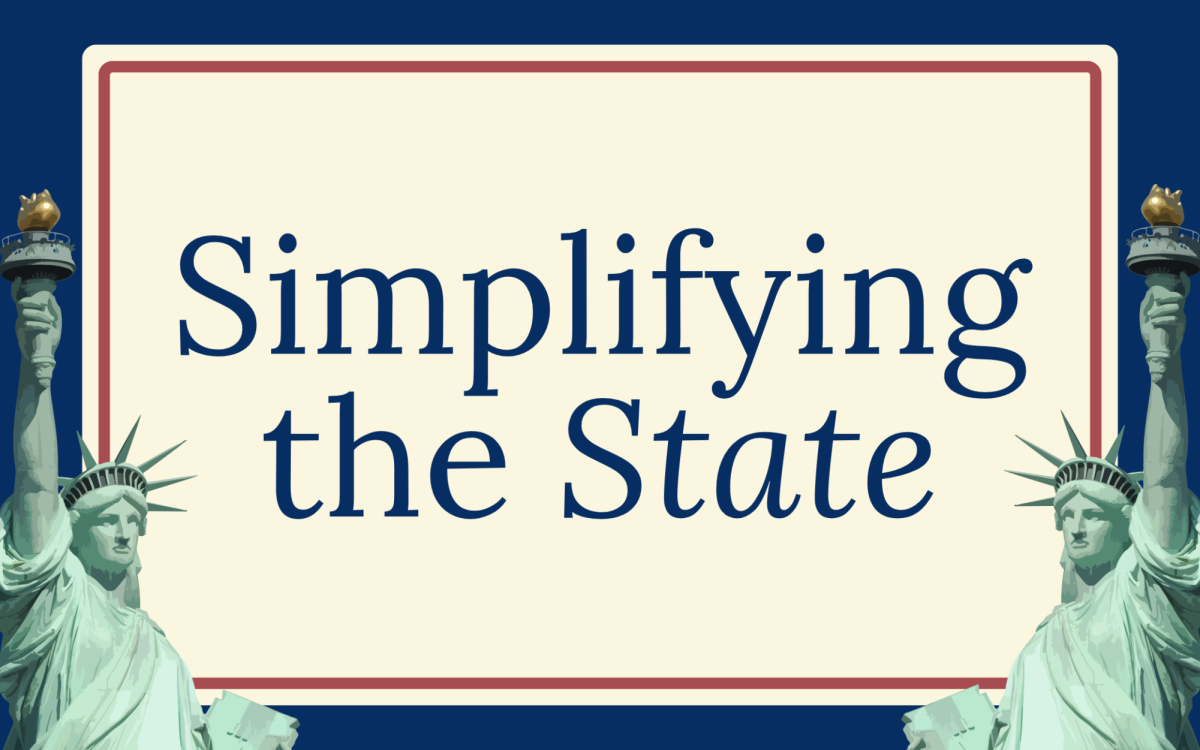CON: Biden’s Student Debt Relief
September 22, 2022
At first glance, Biden’s executive order to cancel billions of dollars in student debt seems like a dream come true. With almost 50 million Americans who struggle with student loans, it makes total sense to supply aid. However, with a closer look, these plans are webbed with complexities that stand to hurt the nation.
“We’ve treated the symptom but not the disease,” said Scott Gallaway, clinical professor at New York University in his commentary piece Malignant. The nation owes 13.7 trillion dollars in student loans combined. As a result, the government feels a sense of urgency to address the issue. The Biden administration implemented an executive order to relieve up to 20,000 dollars for Pell Grant recipients, and up to 10,000 dollars for non-Pell Grant recipients. This forgiveness is only available to individuals making an annual salary under 125,000 dollars per person, or 250,000 dollars per household.
While their hearts may have been in the right place, this solution is only temporary, and the ever growing sinkhole of student debt is continuing to crumble from the sides. If America stopped to recognize the causes of its destruction, billions of dollars in relief wouldn’t be necessary.
College tuition is not cheap, so no wonder the government feels the need to step in. Their loan cancellations seem like a generous initiative, but in reality it is the least they can do.
The cost for an American to obtain a college education, according to the Education Data Initiative, averages at $35,551 annually; four years equaling almost 150,000 dollars.
To make matters worse, according to the data compiled by Gallway from both the College Board and Bureau of Labor statistics, the cost of college is increasing three times faster than the rate of inflation. That’s a 180% increase since 1980. It’s only getting worse too.
If the government would spend as much time tackling the issue of inflammatory tuition costs as they do handing out checks that may only slightly convenience their borrowers, tax paying dollars would go directly to the cause, instead of the effect.
So, yes a 10,000 dollar relief grant may be a lifesaver for some, for those who are burdened with 20 times more, the effect is miniscule.
Biden’s proposed program solely takes reported annual income of its borrowers into account, not overall wealth. Thus meaning, if an applicant has 3 million dollars tucked away in a bank account, but reported an income of 140,000 last year, they would receive forgiveness. Tax paying dollars will be spent on reducing their debt, when in fact they are more than capable. How is this fair? How does this help the wellbeing of our nation? It doesn’t. If the qualification spectrum wasn’t so broad, people wouldn’t be able to fall between the cracks and take advantage of the tax-payers.
“Moral hazard is written all over Biden’s student loan forgiveness proposal,” said Charlie Dent in his commentary piece to CNN. “Transferring the obligations of people who incurred student loan debts to millions of working taxpayers whose own debts or loans were never forgiven is not only unfair but politically perilous.”
Beyond the ethical dilemmas of this proposal, its effects are projected to significantly impact the economy.
Estimations from the Committee for a Responsible Federal Budget (CRFB)—a nonprofit public policy organization—says that $10,000 of debt cancellation for borrowers with a salary under $300,000 can add up to 15 basis points (0.15%) to the inflation rate “and create additional inflationary pressure over time” said in an interview to Kelly Anne Smith, an advisor for Forbes.
The ramifications of this issue are messy. It surely could affect everyone, taxpayers or not.
“My hope is that this step [Biden’s program] will make Republicans mad enough that they will come to the table in Congress to work with Democrats to make something happen on that systemic reform that’s really needed” said Beth Akers, senior fellow at the American Enterprise Institute in NPR’s podcast: Economists take on Student Loan Forgiveness.
This program certainly wasn’t thought out. The qualification spectrum is too broad and it lacks long term benefits. Hopefully, it is solely a—slightly crooked—stepping stone to future initiatives in solving America’s college tuition crisis. It surely can’t be the long term solution.






